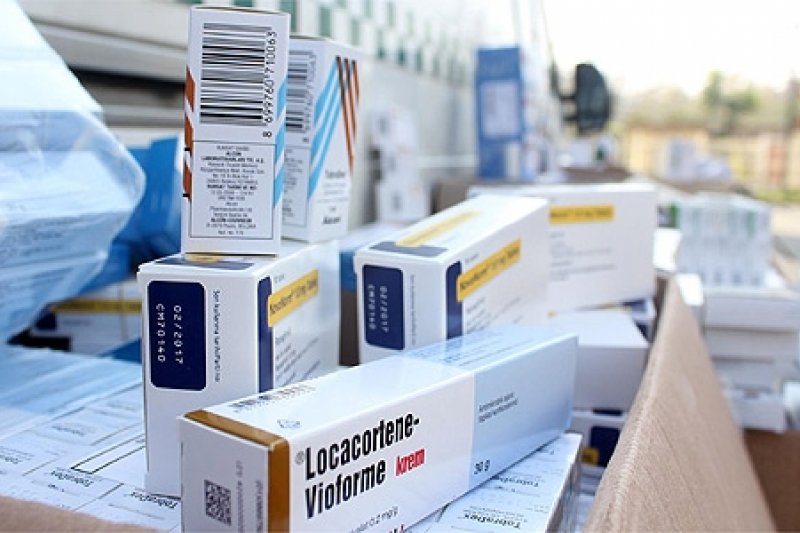Drug Reimbursement, More Expenses Due to Increase of Diabetes' Cases
The fund provided for the reimbursement of medicines declined at 5 percent in 2019, but the compulsory health insurance fund claimed to have a significant increase in funds reimbursed for severe diligence such as diabetics and psychic disabilities.
Reimbursement costs of equipment in 2019 were ALL 10.5 billion or ALL 550 million less than 2018, but for reimbursement of serious diseases, there was an increase in spending.
The largest increase in reimbursement costs is noted in the group L "Antineoplastic and immunosupresenter" with 61.9 million ALL more than 2018, accounting for about 22.3% of the total annual reimbursement expenditures. This group consists mainly of high-end financial hospital drugs and treating severe diagnoses such as tumors, leukemia, hepatitis B and C, etc.
In this group, the largest increase compared to 2018 is noted in the `Nilotinib 150 mg drugs with an increase of 14.4 million ALL more than a year ago; `Ribociclib 200 mg with an increase of 105 million ALL more than a year ago; `TRASTUZUMAB (HEREPTINE) with an increase of 44.3 million ALL more than a year ago; `Abiraterone Acetate 250 mg with an increase of 67.1 million ALL more, etc.
The increase in reimbursement expenditures was also for the drug set of diabetes. Group A "Digestive Tract and Metabolism" was funded in 2019 with ALL 8 million more than the same period a year earlier. For 2019, this group occupied 18.3% of reimbursement costs. In this group, the largest increase compared to 2018 is ascertained to antidiabetic sub-child drugs that occupy 96.4% of the total expenditure or 17.6% of the annual reimbursement expenditures. Concretely for medicines: `Asulin Aspart Solution 100 NJ.N / ML-3 ML with an increase of 28.2 million ALL more than 2018` Insulin Glargine Solution 300 NJ.N / ML (Lantus Solostar) with an increase of 14, 8 million ALL.
For the "Disabled Physical and Psychic Disease", there was an increase in reimbursement expenditures with 24.2 million ALL more with 2019 than a year earlier. This category occupies 3.7% of the reimbursement expenditures for 2019. The increase for this category is caused by the increase in the number of recipes with about 5,346 prescriptions more than in 2018 as an indicator of the increase of cases handled with reimbursed drugs.
For 2019, 20 medicines traded in open network pharmacies with the highest financial impact on reimbursement costs account for about 29.1% of total reimbursement or 3,104 million ALL, while 20 hospital drugs with the highest financial impact, occupy about 24.1% of the expenditures of 2019 or 2,524 million ALL.
The highest reimbursement hospital is Nilotinib 150mg (used to treat chronic leukemia) and the outpatient grass (open network) with the highest refund is Rivaroxaban 20mg (blood thinning).
The list of reimbursed drugs that began the effects in July 2019 was expanded with 14 new drugs, of which 12 drugs are released in pharmacies of hospitals. This list had 1,150 trading alternatives, of which 585 are first and single alternatives, as well as 350 active principles.
(Source: Monitor)













